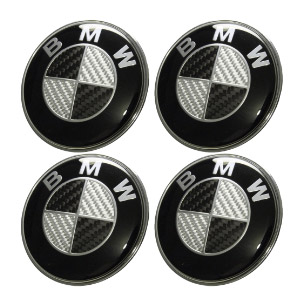single eccentric butterfly valve
Understanding Single Eccentric Butterfly Valves Design, Applications, and Benefits
Butterfly valves are widely used in various industries due to their simple design, ease of operation, and cost-effectiveness. Among the various types, the single eccentric butterfly valve stands out as an efficient and reliable choice for regulating fluid flow. This article explores the features, design principles, applications, and benefits of single eccentric butterfly valves, providing a comprehensive understanding of their role in modern fluid systems.
Design Principles
The single eccentric butterfly valve is characterized by its unique disc geometry and hinge configuration. In traditional butterfly valves, the disc is centered on the valve body and pivots on a central axis. However, in a single eccentric design, the pivot point of the disc is displaced or eccentric. This positioning creates a more streamlined flow path, reducing turbulence and enabling smoother operation when the valve is opened or closed.
The eccentric nature of the disc allows for a tighter seal when the valve is closed, minimizing the leakage of fluids. This design is often complemented by various gasket materials that enhance the sealing capability, making them suitable for a wide range of applications, including those involving corrosive and abrasive media.
Advantages
One of the primary benefits of single eccentric butterfly valves is their reduced torque requirement for operation. The eccentricity causes the disc to lift more freely from the seat as it opens, resulting in less friction and wear on the sealing surfaces. This characteristic leads to longer service life and reduced maintenance costs.
Another significant advantage is the compact design of single eccentric butterfly valves, which makes them suitable for applications with space constraints. Their lightweight construction allows for easier installation and handling, making them a preferred choice in multiple industries.
Applications
single eccentric butterfly valve

Single eccentric butterfly valves find applications across various sectors due to their versatility and performance. Some of the key industries where these valves are commonly used include
1. Water Treatment In municipal and industrial water treatment facilities, single eccentric butterfly valves are employed to control the flow of water and wastewater. Their tight sealing capabilities are particularly advantageous in managing high-pressure systems.
2. Oil and Gas The oil and gas industry utilizes these valves for controlling the flow of crude oil, natural gas, and other fluids. The ability to handle corrosive materials without significant wear makes them ideal for challenging environments.
3. Chemical Processing In chemical plants, where the flow of chemicals must be accurately controlled, single eccentric butterfly valves are an essential component. Their reliability and resilience to corrosive substances enhance operational efficiency.
4. HVAC Systems Heating, ventilation, and air conditioning (HVAC) systems also benefit from the use of single eccentric butterfly valves. They are used to regulate air and fluid flow, ensuring optimal performance of the system.
Conclusion
In summary, single eccentric butterfly valves offer a robust and efficient solution for controlling fluid flow across various industries. Their unique design provides several advantages, including reduced torque requirements, improved sealing capability, and compactness. As industries continue to evolve and demand more efficient fluid management solutions, the relevance of single eccentric butterfly valves is likely to grow.
Whether in water treatment, oil and gas, chemical processing, or HVAC applications, these valves prove their worth by delivering reliable performance and minimizing operational costs. As technology advances, the design and material options for single eccentric butterfly valves are expected to evolve further, unlocking even more potential for their application in modern industrial systems. Their contribution to energy efficiency, safety, and sustainability makes them a valuable component of contemporary fluid handling solutions.
-
The Smarter Choice for Pedestrian AreasNewsJun.30,2025
-
The Gold Standard in Round Drain CoversNewsJun.30,2025
-
The Gold Standard in Manhole Cover SystemsNewsJun.30,2025
-
Superior Drainage Solutions with Premium Gully GratesNewsJun.30,2025
-
Superior Drainage Solutions for Global InfrastructureNewsJun.30,2025
-
Square Manhole Solutions for Modern InfrastructureNewsJun.30,2025
-
Premium Manhole Covers for Modern InfrastructureNewsJun.30,2025
